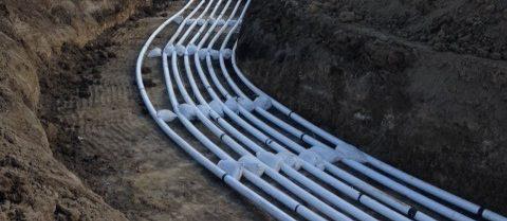Three Common Ground Disturbance Practices
Print this Article | Send to Colleague
After many years of working in the forefront of damage prevention through engagement with industry and workers participating in thousands of ground disturbance training workshops, we have landed on Three Common Practices that should be highlighted in any progressive organization.
These Three Common Practices apply, albeit in slightly different ways, for:
- Buried infrastructure/facility owners and municipalities
- Ground disturbance workers
- Contractors and landowners

Let me touch on each one, briefly:
Trained and Certified Workers
Ensure workers are trained and certified in ground disturbance procedures and the damage prevention process. Today, that would include the Utility Safety Partners (previously ABCGA) Endorsed Ground Disturbance 201 and 101 Standards. Endorsed training programs and providers can be counted on to deliver the knowledge transfer to workers, in accordance with the published standards.
Hand Expose Buried Facilities
Hand exposing buried facilities in conflict with a ground disturbance before using mechanical excavation equipment within the hand expose zone. Unfortunately, this is one of the most overlooked or compromised requirements when supervising a ground disturbance. Hand-expose zones are rigidly defined, based on the type and nature of the buried facilities, and must be strictly observed to protect infrastructure, workers and our communities.
As-Built Records and Drawings
Best practices mandate the submission of certified, spatially accurate as-built records of all buried facility installations on both public and private property. Often, the excavation is done, or the site construction is finished, and supervisors and owners focus their attention on the next project. The work is not done, until the “As-Built Records and Drawings” are cleaned up, certified and submitted. Anything short of this leaves the buried infrastructure at peril and unprotected from future ground disturbance activities.
As we said at the outset, after many years in the ground disturbance space, we have experienced a wide range of scenarios and worksite feedback. These Three Common Practices rise to the surface most often. If you are having a safety meeting, planning your next ground disturbance project or are on site completing work, maybe take a few minutes to review these items with your team. You will be glad you did.
Submitted by:
Jeff Mulligan — Chief Operating Officer, ASTEC SAFETY Inc.

